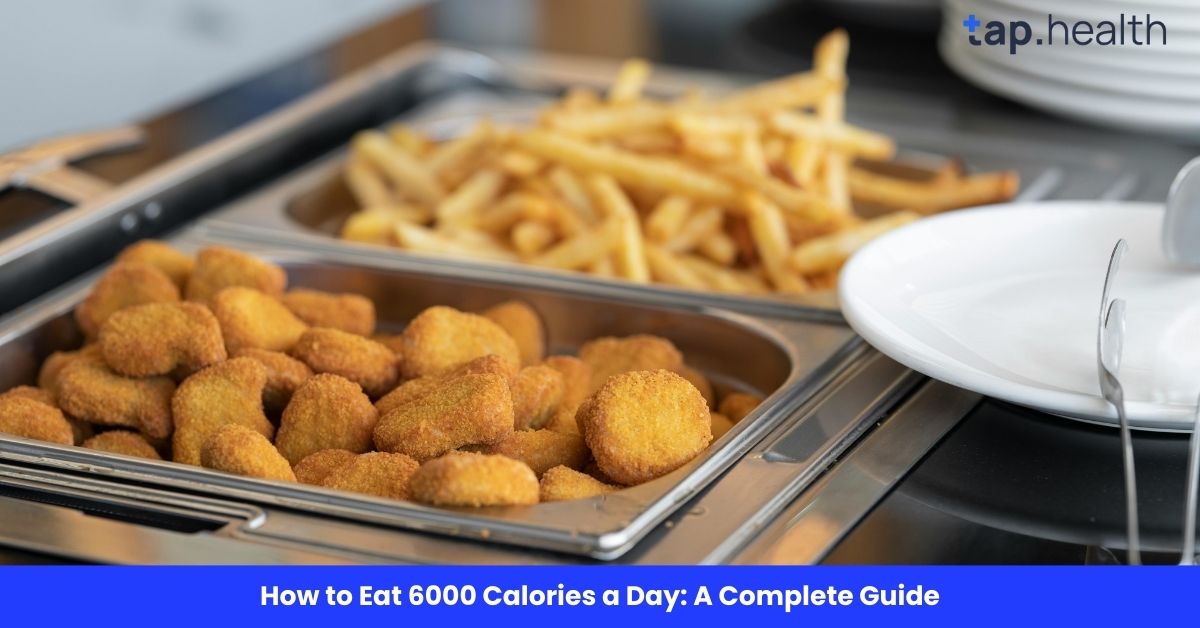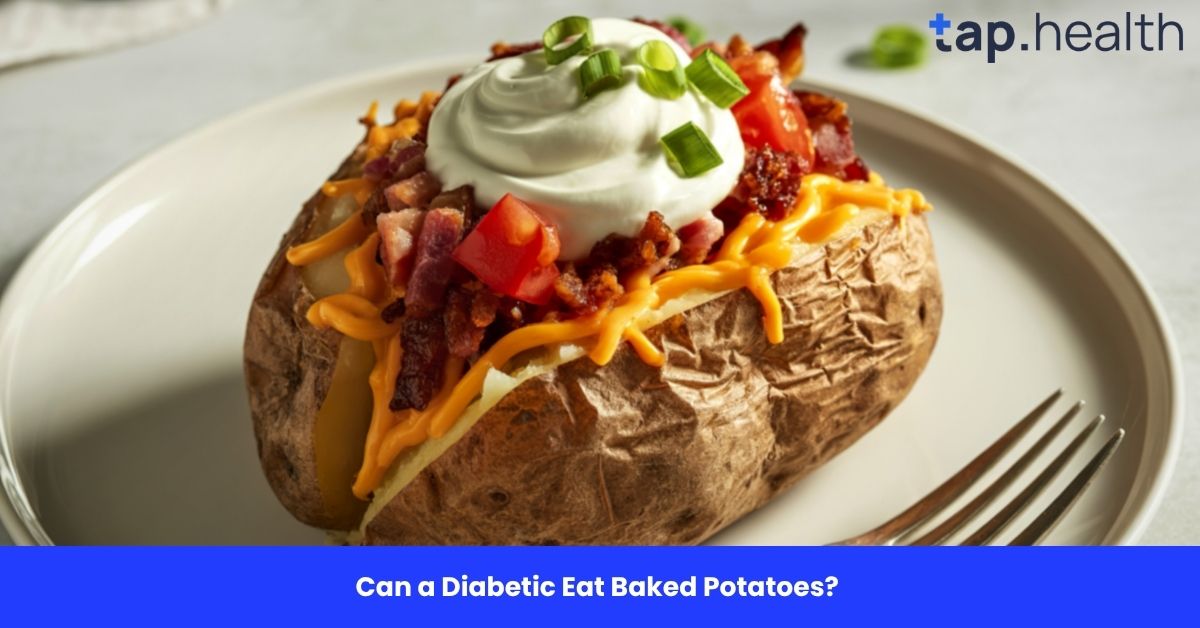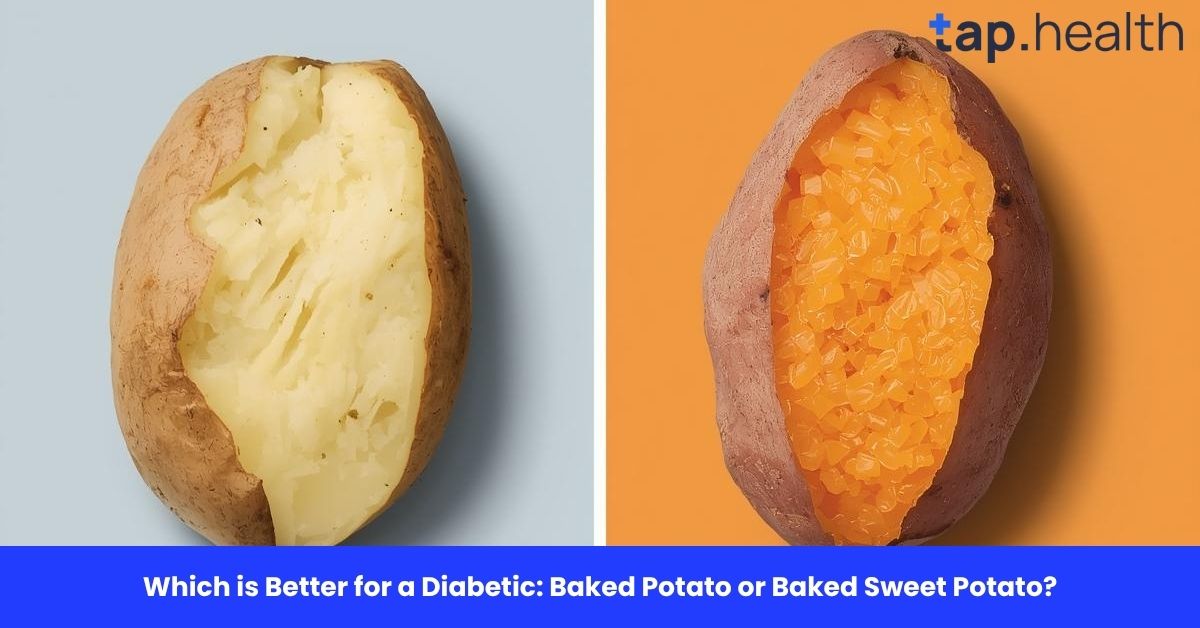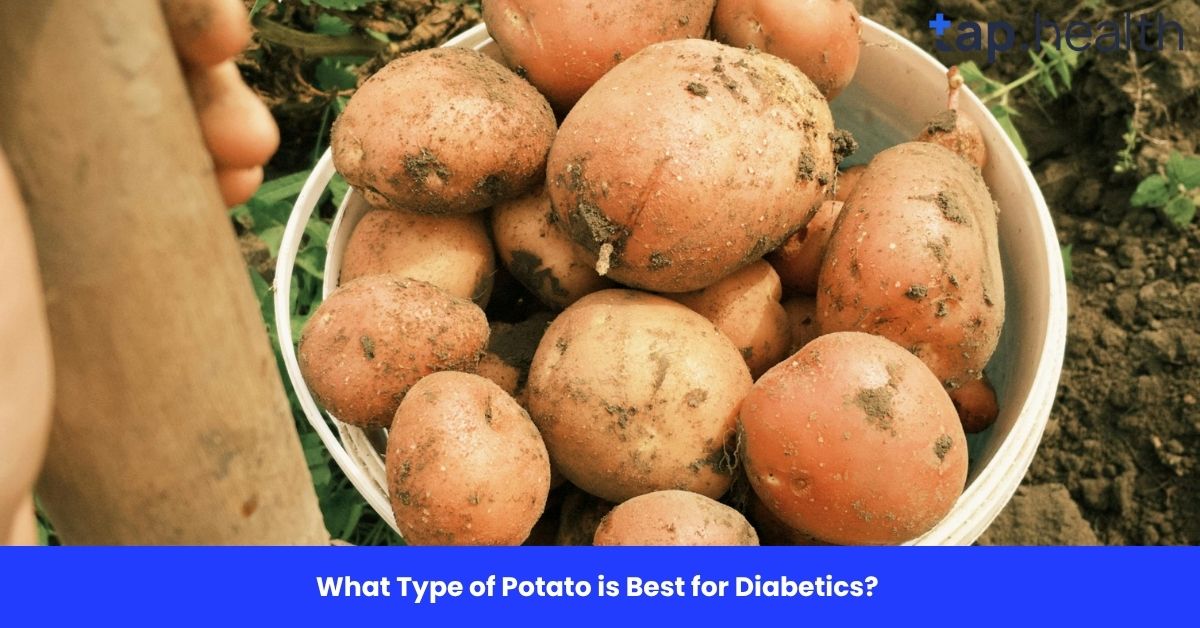Eating 6000 calories a day is a common goal for those looking to gain muscle, increase strength, or fuel high-intensity workouts. However, it can seem overwhelming to consume such a large number of calories without overloading on unhealthy, empty calories. The good news is that with the right approach, eating 6000 calories can be a manageable and effective strategy for achieving your goals.
In this guide, we’ll explore how to eat 6000 calories a day through a balanced, nutritious meal plan, providing tips, food suggestions, and practical advice to ensure you meet your calorie target while promoting muscle growth and overall health.
Why Would You Need 6000 Calories a Day?
Before diving into how to eat 6000 calories a day, it’s important to understand why someone might need such a high calorie intake. Here are some common reasons:
1. Muscle Gain and Bulking
For bodybuilders or athletes looking to gain muscle mass, a calorie surplus is necessary. Eating more calories than you burn helps your body build and repair muscle tissue after intense workouts.
2. Weight Gain for Underweight Individuals
If you’re underweight or struggling to put on weight, consuming 6000 calories can help you achieve a healthy weight gain. It’s crucial to aim for muscle gain, not just fat accumulation, and the right balance of macronutrients (protein, carbs, and fats) will ensure that your weight gain is sustainable and healthy.
3. High-Endurance Athletes
Athletes involved in endurance sports, such as long-distance running, swimming, or cycling, may require 6000 or more calories per day to maintain energy levels and facilitate recovery after training.
How to Eat 6000 Calories a Day Effectively
Eating 6000 calories a day doesn’t mean eating large portions of unhealthy or processed food. The key is to make each calorie count by choosing nutrient-dense foods that support your body’s needs for muscle gain, recovery, and overall health. Here’s how you can do it:
1. Focus on Protein
Protein is the building block for muscle, and when you’re consuming 6000 calories, you want to ensure you’re getting enough protein to promote muscle growth. Protein also helps keep you full longer, which is important when you’re eating a large number of calories.
How Much Protein Should You Eat?
Aim for 1.6–2.2 grams of protein per kilogram of body weight (0.7-1 gram per pound). For example, if you weigh 80 kg (176 lbs), that means consuming about 128–176 grams of protein per day.
Great Protein Sources:
- Chicken breast
- Lean beef
- Fish (salmon, tuna)
- Eggs
- Greek yogurt
- Lentils and beans
- Protein powders (whey or plant-based)
2. Increase Carbohydrates for Energy
Carbs are your body’s primary source of energy. To fuel high-intensity workouts and promote muscle recovery, complex carbohydrates should make up a significant portion of your 6000-calorie diet. Carbohydrates not only help you maintain energy throughout the day but also replenish glycogen stores in your muscles after exercise.
How Many Carbs Should You Eat?
Carbohydrates should make up about 50-60% of your total daily calorie intake. For a 6000-calorie diet, that’s approximately 750–900 grams of carbohydrates.
Healthy Carbohydrate Sources:
- Whole grains (brown rice, quinoa, oats)
- Sweet potatoes
- Whole-wheat bread and pasta
- Beans and legumes
- Fruits and vegetables
3. Don’t Forget Healthy Fats
Healthy fats are essential for supporting hormone production, brain health, and the absorption of certain vitamins. Fats are also the most calorie-dense macronutrient, making them a great way to increase your calorie intake without adding excessive volume to your meals.
How Many Fats Should You Eat?
Aim for 20-30% of your total daily calories from fat. This equals about 133–200 grams of fat on a 6000-calorie diet.
Healthy Fat Sources:
- Avocados
- Nuts and seeds (almonds, chia seeds, flaxseeds)
- Olive oil and coconut oil
- Nut butters (peanut butter, almond butter)
- Fatty fish (salmon, mackerel)
Sample 6000-Calorie Meal Plan
Creating a meal plan that helps you reach 6000 calories doesn’t have to be difficult. The key is balancing your macronutrients and eating calorie-dense, nutrient-rich foods. Here’s a sample meal plan to help you get started.
Breakfast: Protein-Packed Oats and Eggs (Approx. 900–1000 Calories)
- 1 cup rolled oats (150 calories)
- 1 tablespoon almond butter (90 calories)
- 1 scoop protein powder (120 calories)
- 1 tablespoon honey (60 calories)
- 4 large eggs, scrambled (280 calories)
- 1/2 avocado (120 calories)
- 1 cup whole milk (150 calories)
Mid-Morning Snack: Smoothie (Approx. 700–800 Calories)
- 1 cup whole milk (150 calories)
- 1 banana (90 calories)
- 1 tablespoon peanut butter (90 calories)
- 1 scoop protein powder (120 calories)
- 1/2 cup Greek yogurt (100 calories)
- 1 tablespoon chia seeds (60 calories)
Lunch: Chicken, Quinoa, and Veggie Bowl (Approx. 1000 Calories)
- 6 oz grilled chicken breast (280 calories)
- 1 cup cooked quinoa (220 calories)
- 1 tablespoon olive oil (120 calories)
- 1/4 avocado (60 calories)
- 2 cups mixed greens (20 calories)
- 1 tablespoon balsamic vinegar (15 calories)
- 1 cup steamed broccoli (55 calories)
- 1/2 cup hummus (150 calories)
Afternoon Snack: Rice Cakes and Nut Butter (Approx. 600–700 Calories)
- 4 rice cakes (120 calories)
- 2 tablespoons almond butter (180 calories)
- 1/2 cup cottage cheese (100 calories)
- 1 cup strawberries (50 calories)
Dinner: Salmon and Sweet Potato (Approx. 1000–1100 Calories)
- 6 oz baked salmon (350 calories)
- 1 large sweet potato (180 calories)
- 1 cup roasted Brussels sprouts (50 calories)
- 1 tablespoon olive oil (120 calories)
- 1/2 cup cooked brown rice (100 calories)
- 1/4 cup guacamole (150 calories)
Pre-Bed Snack: Cottage Cheese and Nuts (Approx. 600–700 Calories)
- 1 cup full-fat cottage cheese (200 calories)
- 1/4 cup almonds (200 calories)
- 1 tablespoon honey (60 calories)
- 1 tablespoon chia seeds (60 calories)
How to Make Eating 6000 Calories Easier
Eating 6000 calories a day can seem overwhelming at first, but with the right approach, it becomes much easier. Here are some tips to help you meet your calorie goals without overloading yourself:
1. Eat More Frequently
Instead of having three large meals, aim to eat 5-6 smaller meals throughout the day. This helps you distribute your calorie intake and prevents you from feeling too full after each meal.
2. Choose Calorie-Dense Foods
Focus on foods that pack a lot of calories into a small portion. This helps you meet your calorie target without eating large quantities of food.
3. Drink Your Calories
Liquids like smoothies, shakes, and high-calorie beverages can help you get more calories without feeling overly full. These drinks can be calorie-dense and nutrient-rich if made with whole ingredients like milk, protein powder, fruits, and healthy fats.
4. Use Healthy Cooking Oils
Cooking with oils like olive oil, avocado oil, or coconut oil can add healthy fats to your meals and boost your calorie intake. Add a tablespoon to your veggies, meats, or salads for an easy calorie boost.
Real-Life Scenario
A 25-year-old competitive swimmer trains 5–6 hours daily and struggles to maintain weight because of intense calorie burning. To fuel performance, his coach sets a target of 6000 calories/day. He spreads meals into 6–7 portions, including calorie-dense shakes with oats, bananas, peanut butter, and whey protein between main meals. This approach allows him to meet energy demands without feeling overly stuffed.
Expert Contribution
Sports nutritionists highlight that eating such a high-calorie diet must be carefully structured. Simply eating fast food to reach 6000 calories leads to nutrient deficiencies, poor recovery, and increased health risks. Instead, experts recommend:
- Meal prepping to ensure balanced macros
- Liquid calories (smoothies, shakes, whole milk) for easier digestion
- Nutrient timing (more carbs around workouts for energy and recovery)
Medical experts also warn that unless you are an athlete with high energy expenditure, eating 6000 calories daily can lead to rapid fat gain, insulin resistance, and cardiovascular strain.
Recommendations Grounded in Proven Research and Facts
- Divide into 6–7 meals: Eating huge portions in 3 meals can be uncomfortable—smaller, frequent meals are more effective.
- Use calorie-dense foods: Nuts, dried fruits, granola, whole milk, olive oil, salmon, and avocados add extra calories without large volumes.
- Include liquid nutrition: Smoothies with oats, nut butter, and protein powder help reach calorie goals easily.
- Prioritize whole foods: 80% of calories should come from nutrient-rich foods; only 20% from treats.
- Monitor body composition: Track weight, muscle mass, and fat percentage regularly to ensure healthy progress.
- Consult professionals: Work with a sports dietitian for personalized plans, especially for extreme diets.
Read this : How Many Calories on Wegovy? Complete Guide
Frequently Asked Questions (FAQs) on How to Eat 6000 Calories a Day: A Complete Guide
How Can I Safely Eat 6000 Calories a Day?
To safely eat 6000 calories, focus on eating nutrient-dense, whole foods. Include protein, healthy fats, and complex carbs in every meal to ensure you’re getting the right balance of macronutrients. Monitor your progress and adjust your intake based on your goals.
How Do I Avoid Gaining Fat While Eating 6000 Calories?
To avoid gaining excess fat, focus on consuming most of your calories from whole, nutrient-dense foods rather than processed junk. Pair your calorie intake with strength training and regular physical activity to ensure the extra calories contribute to muscle growth, not fat gain.
How Many Calories Should I Eat to Gain Muscle?
To gain muscle, aim for a calorie surplus of 300-500 calories above your TDEE (Total Daily Energy Expenditure). For some people, this may mean eating 4000-6000 calories a day, depending on their size, activity level, and metabolism.
How Long Does It Take to See Results on a 6000-Calorie Diet?
With consistent training and nutrition, you can begin to see noticeable changes in muscle mass and strength within a few months. Building muscle takes time, but a steady 6000-calorie diet combined with strength training can yield excellent results.
In conclusion, eating 6000 calories a day can be highly effective for gaining muscle and increasing strength, but it requires careful planning and balanced nutrition. By focusing on calorie-dense, nutrient-rich foods, distributing your meals throughout the day, and incorporating healthy fats and protein, you can meet your calorie goals while promoting healthy muscle growth. Stick to a structured meal plan, track your intake, and adjust as needed to achieve the best results.



